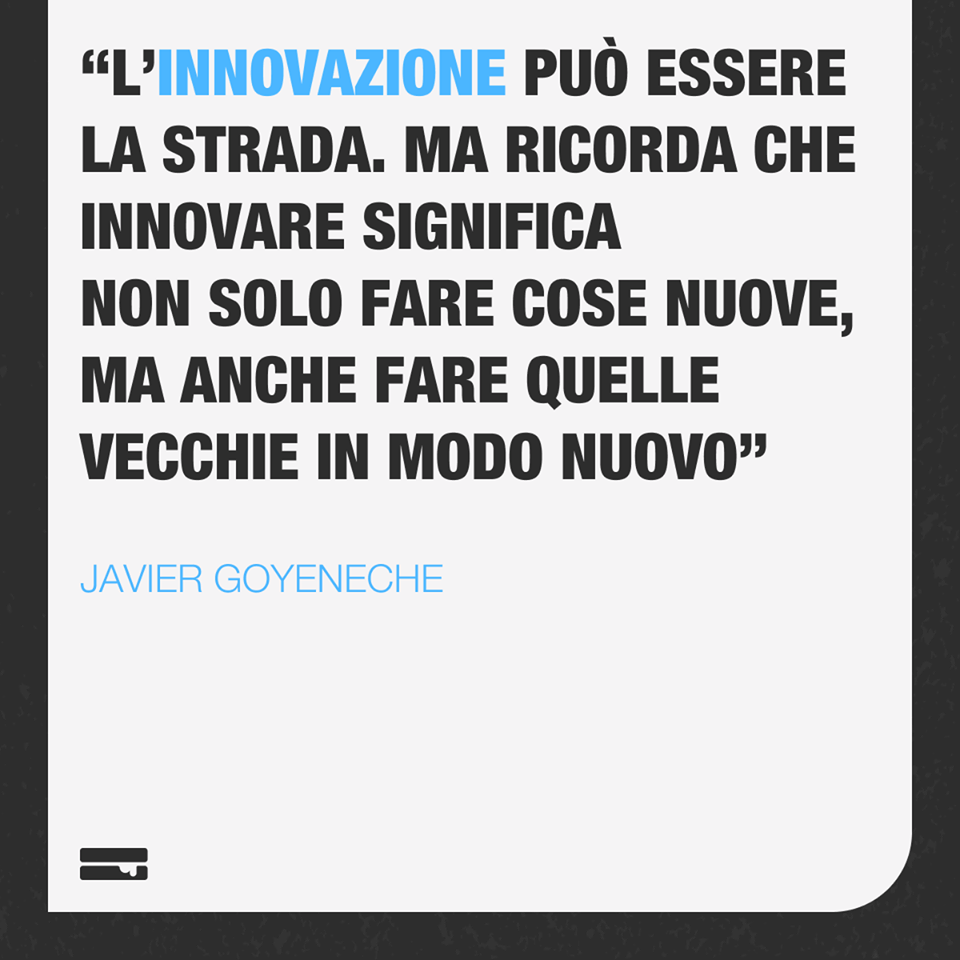There’s a lot of talk about a data-driven culture, and we at Biscuitway, as Growth Consulting, are among the biggest proponents of this approach.
However, I want to ask you a fundamental question: are you sure your company can truly adopt a data-driven culture by embracing data governance, analytics and strategies?
A data-driven company also relies on data to make daily decisions
You start with the assumption that every day you potentially collect all kinds of data and you start to ask yourself, how do I use all this data effectively?
Essentially, there are a myriad of data, both scientific and empirical. Having a data-driven business means consulting it to manage every aspect of the business organization.
So, for data-driven companies, what is commonly called data management is not just a technical aspect, but a real strategic key to the entire business.
Bringing a culture of data to all levels of the company is the right way to make sure you are guided by the numbers to make sound decisions based on objective facts and not your personal feelings. Have a doubt? Check out big data!

What the hell is big data?
I know, we’ve been talking about Big Data and how it is useful for business for years, but then you always find yourself asking: what data? Where do I find it? How much is it?
When talking about big data, people often only think about the volume of data to be accessed, but there are also five other Vs that can help you make the data valuable.
In fact, in 2001, Doug Laney, then Vice President and Service Director of the Meta Group company, described in a report the 3V Model of Big Data: Volume, Velocity and Variety. Today, however, we speak of the 6Vs of Big Data because the previous paradigm has been enriched by two more variables: Veracity, Variability and Value.
A data-driven company will therefore have to look at data against these variables:
- Volume: capture, process and store even large volumes of data in a scalable way for growing business needs, with data from human and machine sources.
- Speed: the flow of data is often vast and continuous and requires platforms and capabilities that can not only handle significant volumes, but also manage this flow in real time.
- Variety: the integration of different data into a manageable structure is the key to a solid big data opportunity.
- Trueness: being able to identify the relevance and accuracy of data and apply them to the appropriate purposes.
- Variability: manage and contextualise data in a way that provides structure, even in unpredictable and variable data environments.
- Value: understand the potential to create revenue or unlock opportunities through your data. This reflects the results you apply to your use of data: if it is not valuable, then why and when do you keep it?
How to Adopt a Data-Driven Business Strategy: Put Data at the Centre of Decision Making
Do you have a data analysis team? Well, if you don’t have one, it’s time to set one up. If you do have one, are the members of that team the only ones who see and analyse that data? And are other departments left out?
It sounds like you need to have a bunch of people to spend their time on this alone: but if you are a start-up can you invest everything in this data analysis? Of course not! But you certainly have to impose this fundamental rule on yourself:
Make data-driven decisions in all departments in order to have a broad view of what is working and what is not.
This is why all companies, even those with different businesses, rely on data in making every decision. But it doesn’t end there, remember:
Align your company culture with all departments to maximise insights. Creating a culture where everyone appreciates how data brings value will ensure that internal/external processes and company culture are aligned with maximising insights.
This process starts with the top management, those people who are supposed to pilot this new process before it is disseminated among the entire staff.
When decision-making is data-driven, company or departmental focus group discussions improve.

How to build a data-driven team
One thing that is extremely necessary is to surround yourself with the right talent.
Build a culture that gives credit to data science and management. A data-driven staff is highly valued in today’s job market and, above all, is able to achieve results faster.
This means that hiring the right workers, especially those who can analyse data, is important. When hiring, always look for candidates who are comfortable with data analysis skills.
Moreover, individuals who by nature embrace data are open to what this methodology can teach them. This is also a very important trait for what are other inputs, such as customer and management feedback, qualitative research and user testing: also fostering a feedback-driven culture and User Satisfaction.
In fact, if data in business decision-making is necessary, it should also be done on the basis of an all-encompassing view of business goals, rather than on the analysis of numbers alone.
If you make decisions based only on numbers and figures, you are neglecting the intuition of your staff members and ignoring the experiences in the field with their successes and/or failures. These types of input are indispensable additions to quantifiable analysis.
It doesn’t end there, once you have chosen the right people the real work begins:
- Support the professional development and training of your team and remember that the current skills of your employees must always grow.
- Take note of improvements and always test processes.
- Everyone must be fully trained on standard procedures and the consequences of not adhering to data security and privacy measures.
The culture of failure in the data-driven approach
Be careful, mistakes can and always will occur. It is unavoidable!
No success is achieved in a vacuum: establishing a culture that makes people feel comfortable to fail is the healthy way to set up a data-driven strategy.
Success is the goal, no doubt, but failure is part of the expectation.
The people inside your company are the greatest assets, but success also depends on the people outside: the customers/users.
When adopting strategies, ensure that they are people-centred (both externally and internally). A data-driven company must be a data-driven company for the benefit of people.
It all comes down to a better customer experience, in relation to using your company’s product, or directly from contact with your employees.

Un caffè può far crescere la tua azienda
Success is within reach. All you need? The right people to help you and the desire to succeed!
A comprehensive growth strategy could be exactly what your company needs to improve turnover, retain customers and enhance your performance.
ACompany Builder as Biscuitway could be the real turning point.
Our strength is the method gained from years of experience. We firmly believe that working closely with companies, becoming part of their team and guiding them step by step through digital processes, is necessary to achieve a quality result that unites all the vertical competences of each department.
This is because awareness is at the heart of innovation: the data-driven approach, the cross-fertilisation of ideas, different experiences and competences across sectors enable new perspectives on projects in their entirety, identifying innovative, alternative, ameliorative paths.
Do you think so too? Have a coffee with us to get to know each other better!



